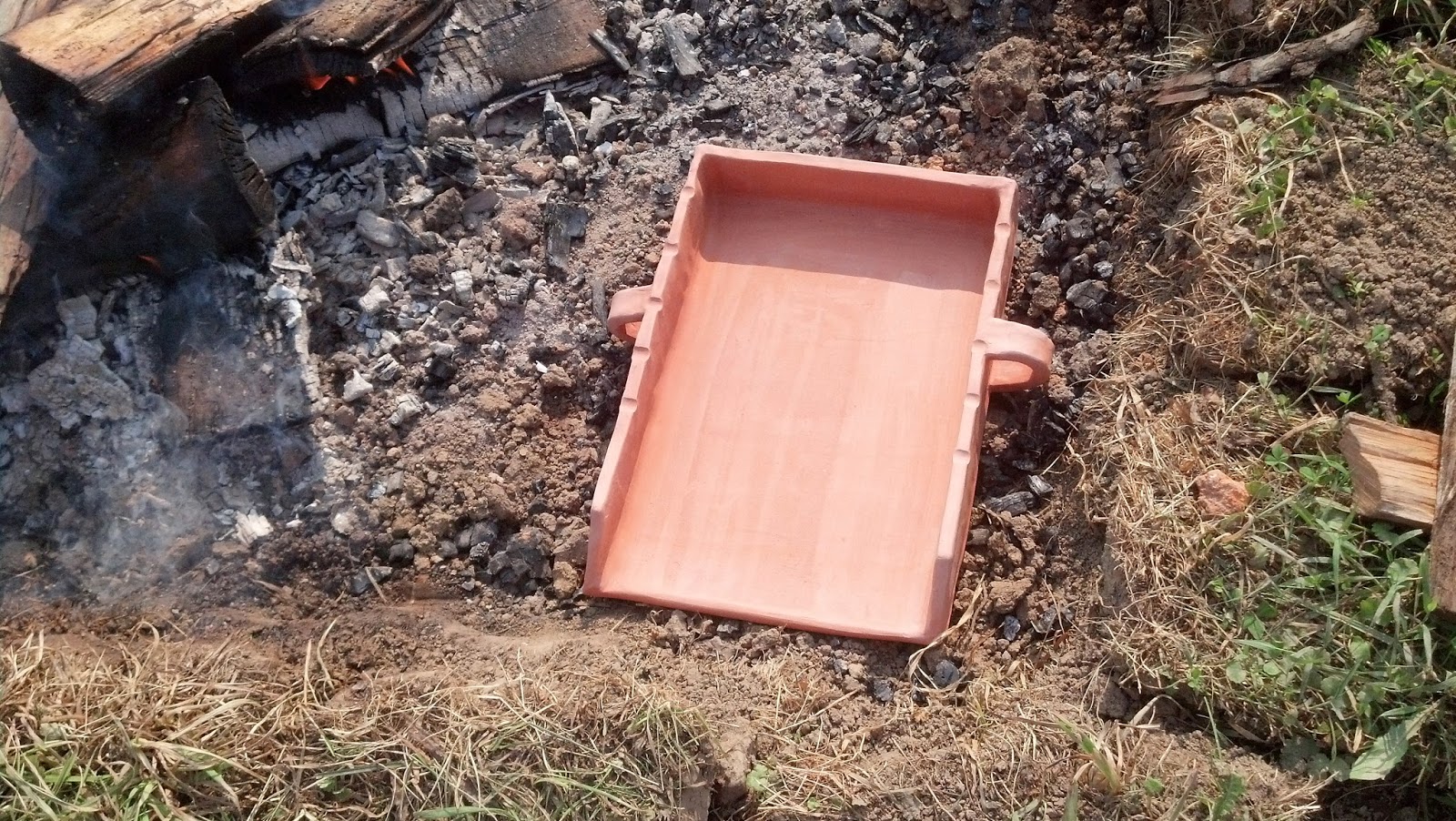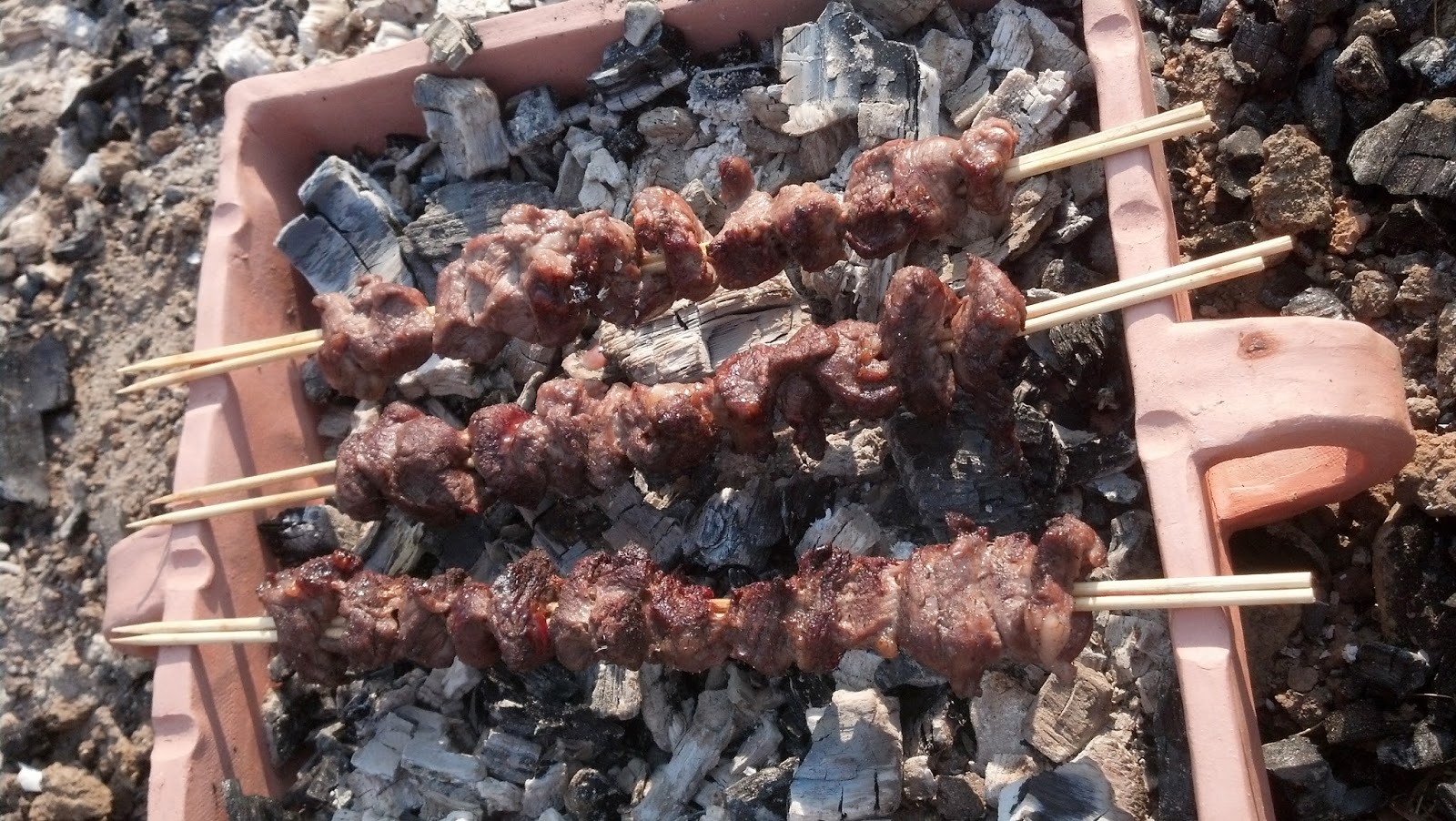Today is the "fifteenth day of July" and on this day in 1588, Peregrine Bertie, 13th Baron Willoughby de Eresby, won a victory over the Spanish near Breda in the Netherlands. It was immortalized in a popular ballad (see below) as well as a lute solo by John Dowland.
An excellent biography and reproduction of a painting, recently identified as Willoughby, may be found
here.
The fifteenth day of July, with glist'ning speare & shield,
A famous fight in Flanders was foughten in the field:
The most couragious officers were the English captains three,
But the bravest in the Battel was brave Lord Willoughby.
The next was Captain Norris a valiant man was he;
The other Captain Turner, that from field would never flee;
With fifteen hundred fighting men, alas, there was no more,
They fought with forty thousand then, upon that bloody shore.
"Stand to it, noble Pike-men, and look you round about;
And shoot you right, you Bow-men, and we will keep them out;
You Musquet and Calliver men, do you prove ture to me,
I'le be the foremost man in fight," says brave Lord Willoughby.
And then the bloody enemy they fiercely did assail,
They fought it out most furiously not doubting to prevail,
The wounded men on both sides fell most piteous for to see,
Yet nothing could the courage quell of brave Lord Willoughby.
For seven hours in all mens view the fight endured sore,
Until our men so feeeble grew that they could fingt no more,
And them upon dead horses full savourly they eat
And drank the puddle water, they could no better get.
And when they fed so freely, they kneeled on the ground,
And praised God devoutely for the courage they had found,
And beating up their colours the fight they did renew,
And turning toward the Spanyards, a thousand more they slew.
The sharp steel-pointed Arrows and Bullets thick did flye;
Then did our valiant Souldiers charge on most furiously,
Which made the Spaniards waver, they thought it best to flee,
They fear'd the stout behaviour of brave Lord Willoughby.
Then quoth the Spanish general, "Come let us march away,
I fear we shall be spoiled all, if that we longer stay,
for yonder comes Lord Willoughby, with courage fierce and fell:
He will not give one inch of way for all the Devils in Hell."
And then the fearful enemy was quickly put to flight,
Our men pursued courageously and rout their forces quite,
And at last they gave a shout, which echoed through the sky,
"God and St. George for England!" the conquerors did cry.
This news was brought to England will all the speed might be,
And then our gracious Queen was told of this same victory,
Oh, this is brave Lord Willoughby my love that ever won,
Of all the Lord of honour, tis he great deed hath done.
For souldiers that were maimed and wounded in the fray,
Our Queen allowed a pension of fifteen pence a day,
Besides all costs and charges she quit and set them free,
And this she did all for the sake of brave Lord Willoughby.
Then courage, noble English men, and never be dismaid,
If that we be but one to ten we will not be afraid
To fight with forraign Enemies, and set our Country free,
And thus I end the bloody bout of brave Lord Willoughby.
This text is drawn from Percy's,
Reliquairies of English Poetry.
Willoughby is certainly someone Luke Knowlton would have known of, if not actually known personally.






























